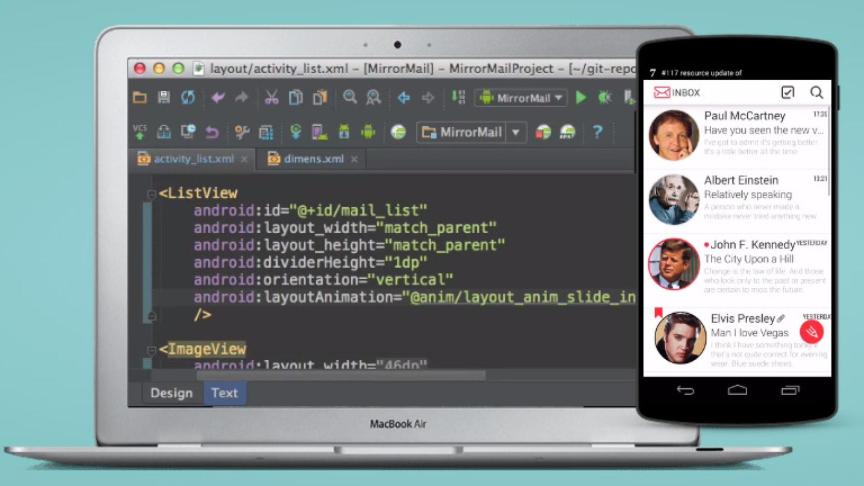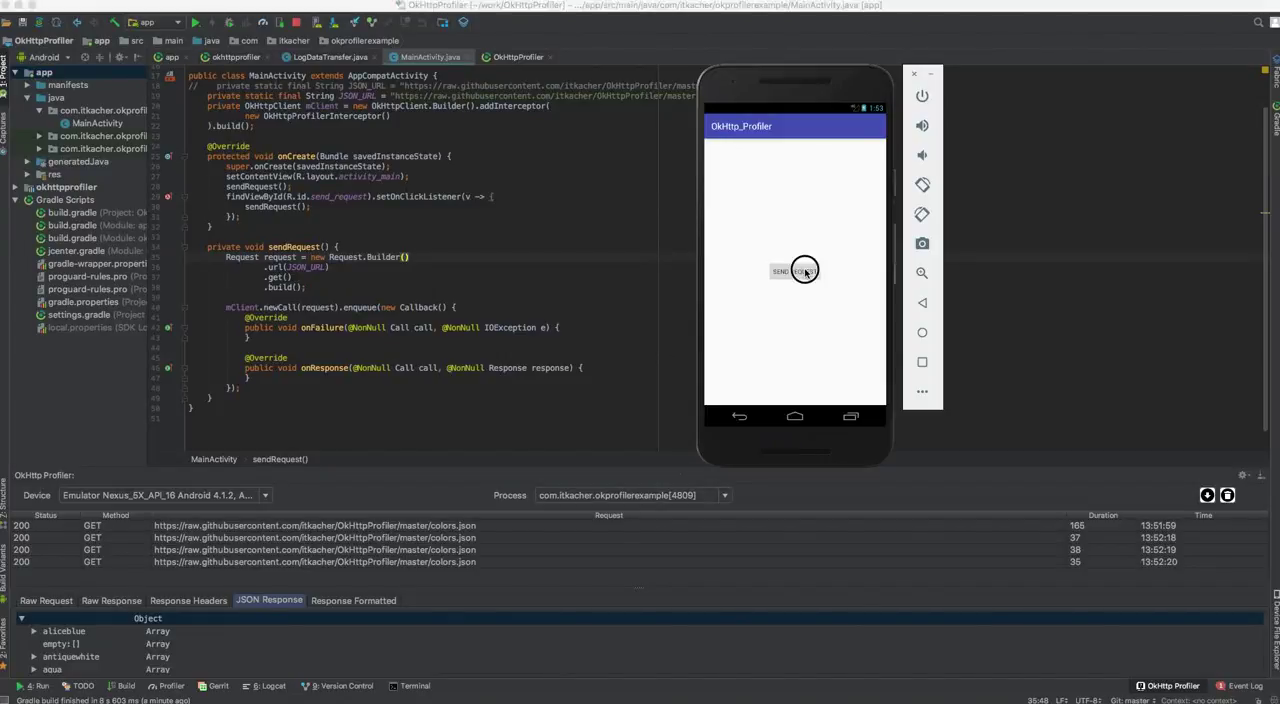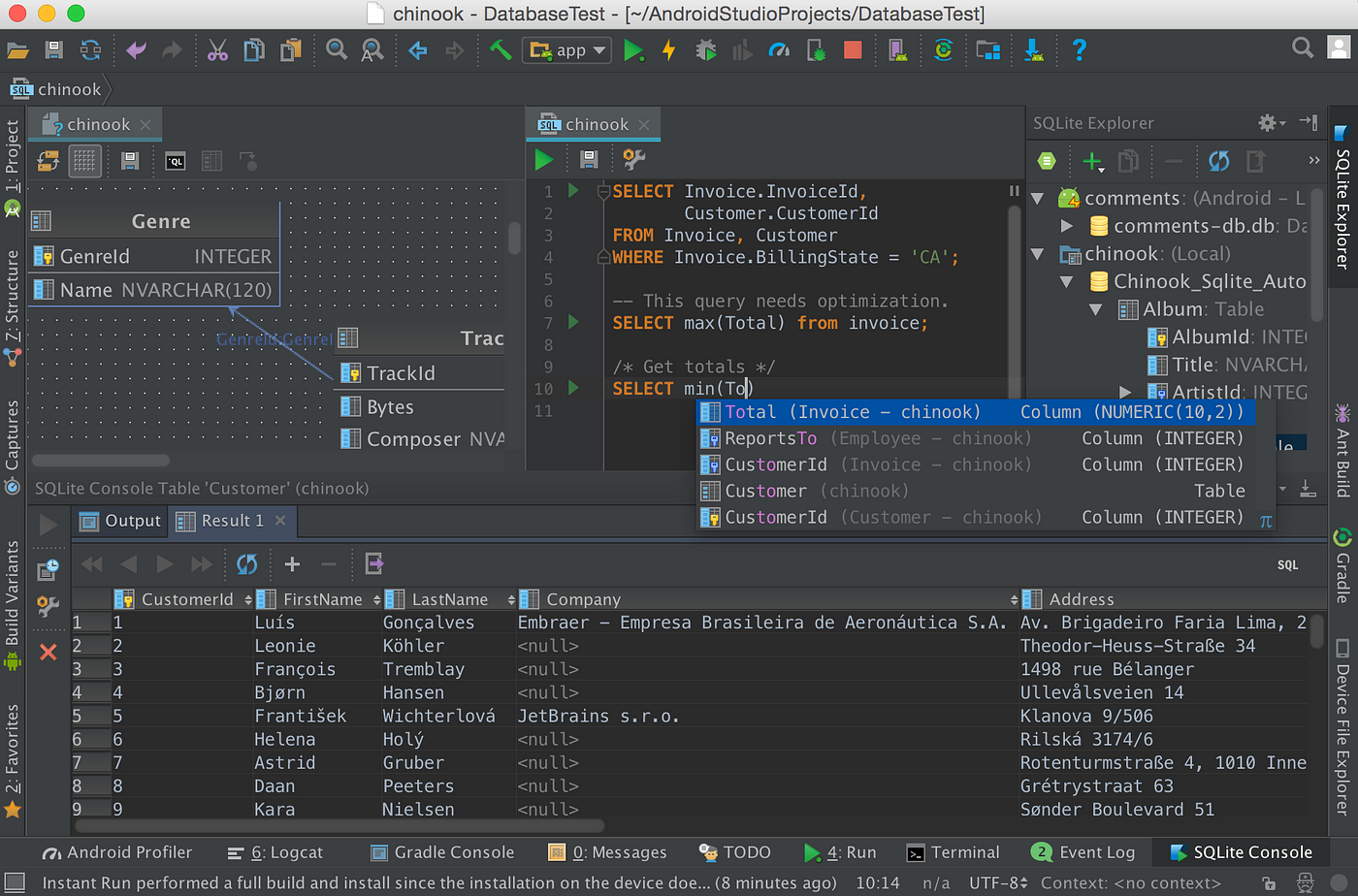

#Android studio plugins apk#
I disabled "Android APK Support", "Android Games", "Android NDK", "App Links Assistant", "CVS", "EditorConfig", "Firebase " (all of them), "GitHub", "Google " (all of them), "hg4idea", "Settings repository", "Subversion integration", "Task management", "Terminal", "Test recorder", "TestNG", and "YAML". I am working on an Intellij plugin project that targets both Intellij and Android Studio. Android Studio Plugins 2,177 This is a list of all awesome and useful android studio plugins. Once completed, plugins can be packaged and distributed at JetBrains Marketplace. It's also helpful to be familiar with Java Swing. Plugins can be written in Kotlin or Java, or a mix of both, and are created using IntelliJ IDEA and the IntelliJ Platform. Go to preferences > plugins > and disable everything you don't need. Android Studio plugins extend or add functionality to the Android Studio IDE. Plugins which provide a great deal of functionality such as an entire language Now you need to add another file which will act as a map to the class of your plugin implementation.All plugins can be disabled with some lose of functionality, I went as the documentation said, so I added these dependencies in adle and note that you might have to sync gradle manually. Structure> and set your Android Gradle Plugin version to your android studio version. If the groovy folder doesn’t automatically turn blue, right-click on it and mark it as source root. jar file into Assets/Plugins/Android folder in Unity. Now you’ll have to right-click on your root project folder in IntelliJ IDE and create a new directory src/main/groovy(if it’s not there already). Go over to the dropdown that is displaying Disable, Click the dropdown and then select Uninstall. Then click on the Esper bolded Plugin name: This will bring up the Esper Plugin detail.

In that article, you’ll learn about the files and methods I’m going to use now. To uninstall the Esper Plugin Go to File Settings (or Android Studio Preferences for Mac), click on Plugins ensuring you are displaying Installed Plugins. Obviously, you need to know Java, Gradle, and Android app development (to test the plugin) but other than that you need to go through this article to understand the basics of Gradle plugin development. Caused by: .plugins.PluginApplicationException: Failed to apply plugin id to apply plugin id com.an. Searching on Google about Gradle plugin development isn’t much of a help as it turns out that not many good resources are there and the official documentation is too much and not simple enough for a novice developer (like me) to understand. I was driven by the excitement of building and learning something new. Truth be told, none of us here had any experience building a Gradle plugin before, so I was entrusted with the research and development task. In this article, I’m going to explain about building a very simple plugin which will read a json file and build some Android string resources from it.

Something like what Google does with google-services.json via a plugin: apply plugin: ''

Use the following instructions for Linux or Windows: Open plugin. This config file will then be processed by our SDK, so we can initialize it properly. I had intelliJ installed first, then i downloaded android studio. It happened to be that when we M800 were developing our new SDK, we needed some configuration file to be added to project root by the app developer.


 0 kommentar(er)
0 kommentar(er)
